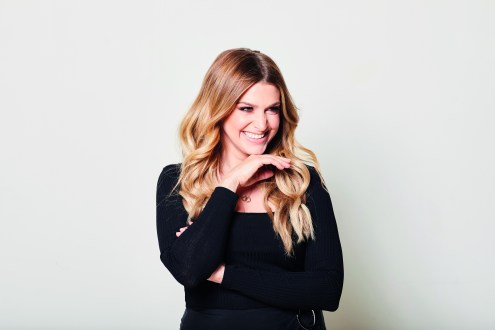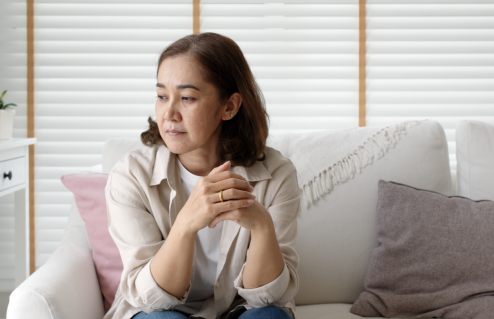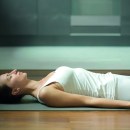Dance your way to happiness
Every month, Martha Roberts invites you to road-test research around feeling good. This month we look at how dance can boost your happiness

The project
Dance isn’t just good for your body, it does wonders for your mind, too.
The aim
Incorporate dance into your life to experience greater happiness.
The theory
Dance as a way of finding happiness has been talked about for centuries. Plato said that dance, ‘of all the arts, is the one that most influences the soul’. Other learned people like Albert Einstein and Friedrich Nietzsche have put their empirical views aside to expound dancing as a fundamental part of life.
Nietzsche said: ‘We should consider every day lost on which we have not danced at least once.’ But, is there any real evidence that dancing brings happiness and is good for mental health?
A University of London study found that patients with anxiety disorders experienced significant improvement when they did a regular modern dance class; and an Italian study* found patients recovering from heart surgery who took waltz classes were happier than those who cycled or ran on a treadmill.
In 2012, researchers at the University of New England in Australia discovered that people who learned to tango had lower levels of anxiety, stress and depression, and that dancing was more effective in lowering anxiety than meditation. The emotional high dancers experience is a result of the brain’s pleasure circuits being activated by movement and music.
Another plus was revealed in a Swedish study,** which found that teenage girls who danced had higher self-esteem than other girls.
Now try it out
- Just improvise. It doesn’t have to be a set routine. A study at the Dance Psychology Lab at the University of Hertfordshire found that when dancers improvise, they are more willing to see many solutions to one obstacle, which showed increased problem-solving powers.
- Be happy to get it wrong. Head of the Lab, Dr Peter Lovatt, says people laugh more during dances in which there is a high degree of tolerance for mistakes, such as country dancing or at a ceilidh.
- Watch dance. A University of Guildford study found that when people watched dance performances, some muscles behaved as if they were moving themselves due to activity in the motor cortex.
- Dance at home. If a formal class fills you with horror, dancing at home, even alone, could be the way to reap the rewards without the cringe factor. Try an app like Just Dance Now, which enables you to dance with people all over the world.
Photograph: iStock
*R Belardinelli, PubMed.gov, 2008 **A Duberg et al, ‘JAMA Pediatrics’, 2013.








